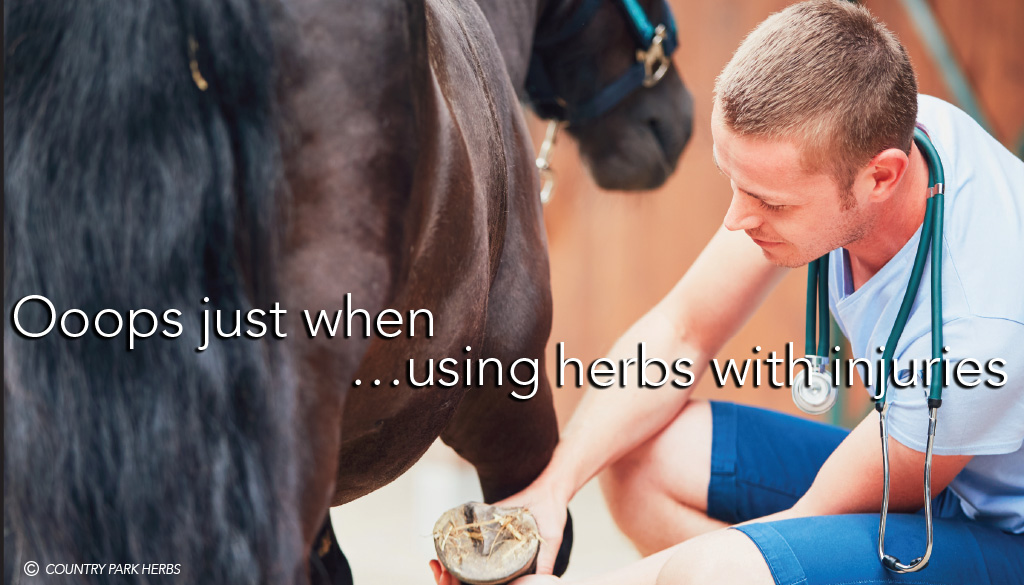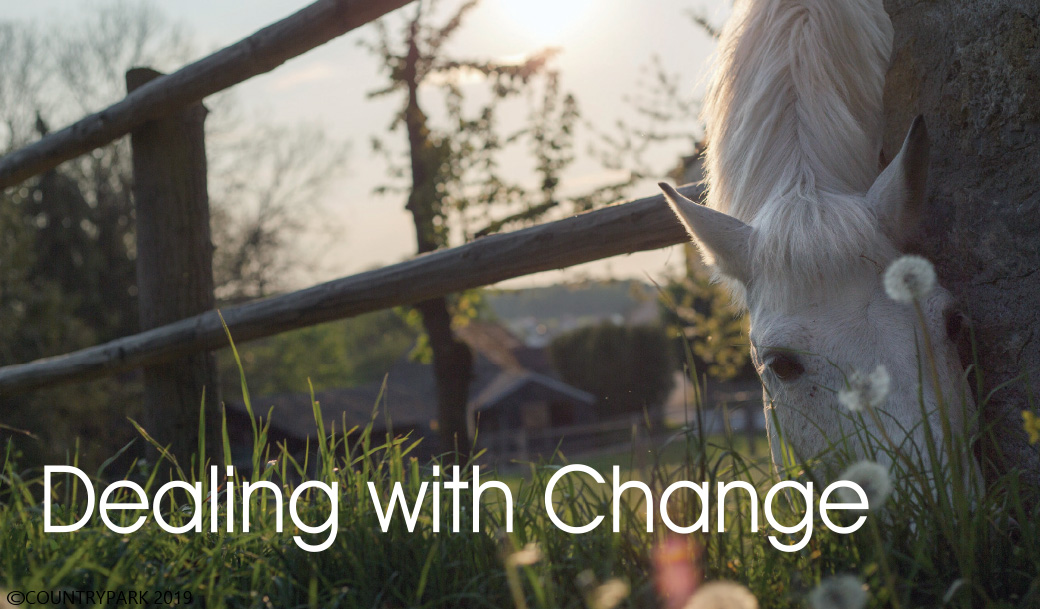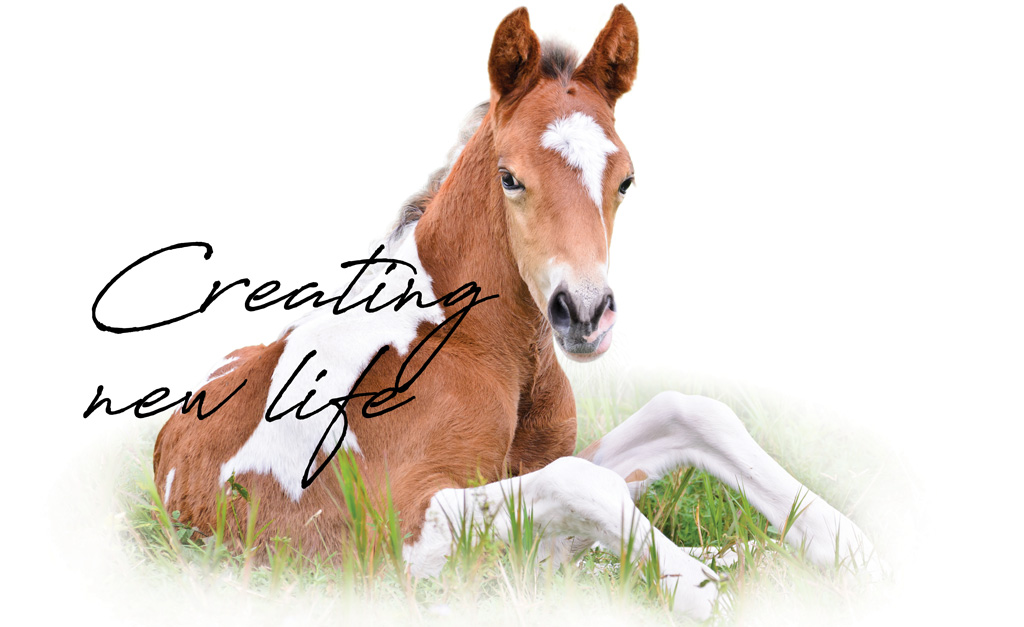As we once again face “the itchy season”, those of us with itch-prone horses face the annual challenge of trying to avoid having our horses’ manes, tails and forelocks rubbed into oblivion (or into some Tina Turner inspired hairdo). Even worse are the skin abrasions and weepy sores which can develop and, if left untreated, can lead to scarred, calloused skin.
The condition known in Australia as Queensland Itch is a seasonal phenomenon which occurs on many continents and is known by various names – Sweet Itch, Summer Itch, Adobe Itch, Spanish Itch, California Itch, etc. Perhaps the most accurate and descriptive titles are – Summer Seasonal Recurrent Dermatitis, and, CulicoidesHypersensitivity.
Whatever name “The Itch” is going by it reappears annually during the warm, humid months and is most prevalent in coastal regions. It is not contagious – it only occurs in susceptible individuals. The tiny creatures responsible for this considerable problem are usually female midges (flies of the genus Culicoides) who are most active in the early mornings and late afternoons/evenings. Individual susceptibility to the bites of these midges is sometimes based on genetic inheritance as there seems to be a “family incidence” which correlates more with the dam than the sire. The condition occurs in horses of all ages other than the first year of life.
Dealing with allergies such as Culicoides hypersensitivity can be challenging, for although the obvious symptoms are external – itchy skin – this is, quite literally, merely the surface of the issue. The skin is the only visible organ of the body but it is by no means an inert sheath, it is an integral part of the body’s immune system. If a problem is manifesting itself externally, then a look at internal function is in order. The skin is not only affected by environmental factors but also by systemic factors.
Managing the environmental factors is fairly straight forward – protect the horse from exposure to the midge bites with combo rugs, insect repellents and if necessary, stabling during the early and late periods of the day. However, rugs can be ripped, repellents may have to be applied more than once a day in order to be effective, and not everyone has access to, or wants to use, stables. Therefore, the search for a solution to The Itch must incorporate as many of the external, environmental protections as possible while also addressing the internal, systemic issues.
What is Allergy?
The word allergy is a combination of two Greek words – allos meaning ‘altered’ and ergeai meaning ‘energy’ – Altered Energy, an appropriate description of unregulated immune forces.
“An allergy is an exaggerated response to a specific, sensitising substance. In other words, it is an abnormal immune response to a chemical, called an allergen, that doesn’t normally cause a bad reaction. To become allergic to something you must be exposed to it more than once: the allergic reaction doesn’t occur with the first exposure, only with subsequent ones.”1
A healthy system can cope with external challenges, but in an overburdened, stressed system the arrival of an allergen can tip the balance and prompt an allergic reaction. The inflammatory response involves the release of histamine (by special cells called mast cells) and other chemicals that the body usually releases to fight microbial invaders. However, in the case of an allergy, the invaders are not viruses or bacteria but a usually harmless substance that the body no longer views as harmless. It is histamine which, amongst other things, causes pruritis (itchiness).
How can diet help?
Consulting an equine herbalist is advisable as the foundation for a holistic approach to The Itch. When treating any skin condition it is vital to ensure the kidneys, liver and intestines are working properly and a herbalist can offer tailored medication for an individual’s particular circumstances. There are also, however, very helpful additions to a horse’s diet which horse owners and carers can provide on a daily basis. Indeed, a high-quality and easily digestible diet is the foundation for maintaining a healthy horse with a robust immune system. After all, both our horses and our selves “are what we eat” and the nutrients we consume (and their proportion to other nutrients) can either increase or decrease inflammatory/allergic responses in the body. One way of viewing allergic reactions is to see them as being caused not by too much of the wrong substances but rather too little of the rightsubstances to keep the system in order.
So the foods that our itchy horses need are those that will encourage a healthy immune system, as well as foods/nutrients that are anti-inflammatory and antihistamine (counteracting the effects of histamine).
It is very important to remember that dietary supplements can take a number of weeks to elicit a change and in order to be most effective they should ideally be employed before the itchy season starts, as a protective measure, rather than waiting until a horse known to be prone to The Itch starts exhibiting symptoms.
Some helpful herbs/foods…
ROSEHIPS (Rosa Canina)
In 1936 Dr. Albert von Szent-Gyorgyi – the co-discoverer of vitamin C – noted that crude extracts of vitamin C from red peppers and lemons were better for treating guinea pigs with scurvy than the pure vitamin, which led to the notion that another substance might be present in the extracts. This ‘substance’ was later found to be a mixture of compounds which were eventually separated into individual substances and are now collectively known as bioflavonoids. Bioflavonoids especially enhance the activity of vitamin C with regard to strengthening blood vessel walls, as well as having potent antioxidant and anti-inflammatory activities.
Rosehips are a good source of Vitamin C and bioflavonoids, as well as other vitamins (A, K) and minerals. Rosehips are often fed to horses recuperating from illness or injury as they help to restore the immune system. Feeding them as part of the daily diet is beneficial for preventing illness. Vitamin C is a powerful natural antihistamine.
DOSE: 15-20 grams of granules per day.
GARLIC (Allium sativum)
Garlic has been used as a medicine and tonic food for thousands of years and it is the most widely known and used herb in the horse world. It is a stimulant for the immune system and is anti-bacterial, anti-fungal and anti-parasitic. Garlic is rich in sulphur which is essential for healthy skin and hair, and garlic also contains bioflavonoid compounds such as quercetin which retard inflammatory reactions. Quercetin stabilises mast cells (which contain histamine) and inactivates many inflammatory enzymes.
Some insect repelling properties have been attributed to the feeding of garlic, however it seems this may be dependent on feeding garlic in its fresh, raw form.
DOSE: 3-4 fresh, crushed cloves per day, or 15-30 grams of garlic granules per day, depending on the size of the horse. PLEASE NOTE: Beware the tendency to think that “a little is good, a lot will be better” – garlic in excess can irritate the gut and/or cause Heinz-body anaemia*. Keep to recommended dosages. Also, use caution if you are feeding garlic to nursing mares as it may flavour/taint the milk and upset the foal’s digestive system.
* Heinz-body anaemia occurs when a constituent of garlic (and other members of the Allium plant family, including onions) is present in sufficient quantity to deplete red blood cells of a chemical which protects them from oxidative damage. When this occurs, the haemoglobin in the cells oxidises and forms a “bubble” – known as a Heinz body – on the outside of the red blood cell. The spleen then removes these deformed cells from the bloodstream. If this process of damage and subsequent removal occurs consistently, the horse gradually becomes anaemic.
CHAMOMILE (Matricaria recutita)
Chamomile is most often recognised for its calming, relaxing properties – soothing the digestion and nerves. It is also well documented as possessing anti-inflammatory activity and contains at least seven different antihistaminic chemicals including quercetin, rutin, apigenin and luteolin.
DOSE: 1 handful of dried flowers per day, in feed. It can be fed dry or can be steeped in just boiled water and then the ‘tea’ and herb added to the feed.
LINSEED/FLAXSEED (Linum usitatissimum)
Horses on hay and grain diets, without access to grazing, can tend to be short on their intake of the Omega 3 essential fatty acid (EFA) – linolenic acid. This fat is known as “essential” because it cannot be manufactured by the body and the essential fatty acid composition of cell membranes is entirely dependent on dietary intake. Linseed is one of the highest natural vegetable sources of Omega 3s, as well as containing bioflavonoids, amino acids and minerals.
Omega 3 EFAs are anti-inflammatory, in contrast to the Omega 6 EFA (linoleic acid) which is pro-inflammatory. Linseed contains both Omega 3 and Omega 6 essential fatty acids in a proportion which significantly favours the Omega 3 EFAs, that is, favouring anti-inflammatory processes. [Please note: horses do need both Omega 3 and Omega 6 EFAs in their diet].
A study in Canada, of horses which were confirmed as hypersensitive to Culicoides, found that supplementation with crushed linseed reduced the inflammatory response of those horses to Culicoides, without eliciting any negative side-effects. It is important to note that the anti-inflammatory response was greatest after 42 days of supplementation, with no significant difference in response prior to then. This result further emphasises the importance of incorporating herbal/feed supplements as part of a horse’s regular diet regime rather than waiting until the horse becomes symptomatic.
There has been concern regarding the feeding of linseed to horses as there are components in it which can interact to release cyanide. The usual advice has been to boil the linseed for a minimum of an hour to release the cyanide before feeding it. However it is now known that stomach acid has the ability to inactivate the enzymes which are required to form the cyanide, thus making the feeding of freshly ground linseed safe for horses. In the study mentioned above, in which the horses were fed crushed linseed, their biochemistry and haematology profiles remained within the normal physiological range throughout the experiment.
It is important to note that the positive response seen in the study is in contrast to a previous study which indicated no benefit re. Culicoides sensitivity when using linseed oil – “The seed contains a number of other phytochemicals and compounds, which may have contributed to the effect observed in the current study.”2 Thus, while a cold-pressed linseed oil will supply Omega 3 EFAs which are beneficial to the horse, it appears that the other compounds in the seed, which are no longer present in the extracted oil, may be vital in reducing the itch response.
DOSE: For a full-size horse – 60g (approx. 4 Tablespoons) of freshly ground or boiled (for an hour) linseed, whichever is preferred. Linseeds can be ground in a small, domestic, coffee/spice grinder readily available at electrical goods outlets. If using linseed oil, it must be a cold-pressed brand and once the bottle is opened it must be kept refrigerated to maintain freshness; dosage 25ml for a full-size horse.
SPIRULINA
Spirulina is a single-cell, blue-green algae grown as food for human and animal consumption. The blue-green pigmentation is due to its chlorophyll (green) and phycocyanin (blue) content. The species most commonly recommended for use as a nutritional supplement are Spirulina maxima and Spirulina platensis.
Spirulina has a high concentration of functional nutrients including : B vitamins, beta-carotene (the precursor to Vitamin A), alpha-tocopherol (Vitamin E), gamma-linolenic acid (a highly beneficial Omega 6 EFA), iron, calcium, magnesium, manganese, potassium, selenium, zinc, bioflavonoids and protein. The protein in spirulina is complete protein, that is, it contains all the essential amino acids (those not able to be manufactured by the body). In addition it also contains a number of non-essential amino acids – those that the body can produce itself if necessary – but which it can also utilise directly if they are available in the diet.
Spirulina has been used as a nutritional supplement by the World Health Organization (WHO) to feed malnourished children, resulting in a decrease of a type of blindness that results from inadequate dietary vitamin A. It was also shown to markedly improve the immune function of children living in the areas adjacent to Chernobyl.
With regards to allergies… One of the antibodies of the immune system is IgE – an immunoglobulin which, if produced in excess, is responsible for the development of some allergies. IgE influences the release of histamine from mast cells and if there is too much IgE then too much histamine is released. Spirulina suppresses this excessive IgE and histamine whilst also increasing several other immunological functions that enhance disease resistance. The inhibition of allergic inflammatory response is attributed at least in part to the activity of phycocyanin, the blue pigment, which is anti-inflammatory, anti-histamine and strongly antioxidant.
DOSE: Daily – 40g per 500kg of horse, preferably split into two feeds (i.e., 20g in each of the morning and evening feeds for a 500kg horse). Once satisfactory benefit has been seen the dose can gradually be reduced to see if a suitable maintenance dose for the individual horse can be found. It is worth noting that due to the high beta-carotene content of spirulina there would be no need to be feeding another high vitamin A supplement simultaneously. Also, spirulina, when it is growing, readily absorbs minerals and toxins from its environment and it is therefore important to ensure a reputable, quality source of spirulina is used – one grown in an unpolluted environment.
A General Note: Whenever introducing new feedstuffs to your horse’s diet it is important to gradually incorporate them over a period of time to ensure the horse’s digestion (and palate!) has time to adjust. Do not immediately add the full amount of the recommended dose but start with a smaller quantity and build up to the full dose.
© Melanie Sweeney, 2004
References available on request.
- 1 Carl Germano and William Cabot, “The Nutrition Connection: The Right Diet”, Nature’s Pain Killers – Proven New and Alternative and Nutritional Therapies for Chronic Pain Relief, 1999, p141.
- 2 Wendy O’Neill, Sharyn McKee, Andrew F. Clarke; “Flaxseed (Linum usitatissimum) supplementation associated with reduced skin test lesional area in horses with Culicoides hypersensitivity”
- Canadian Veterinary Medical Association
- Can J Vet Res. 2002 October; 66(4): 272–277.






